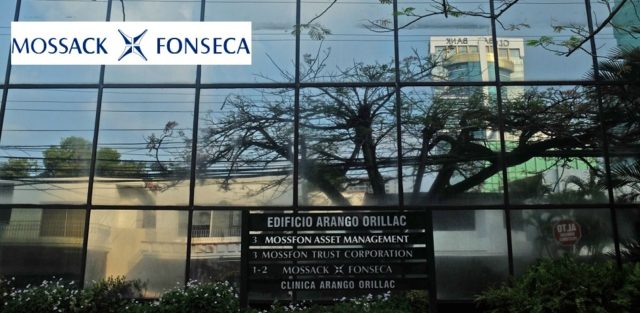Epic Mossack Fonseca breach tied to basic patch management failures

Coverage of the widely reported disclosure of thousands of documents from law firm Mossack Fonseca has emphasized details the use of legal and financial structures that can and apparently have been used by many high-profile individuals to conceal assets or avoid taxes and the public identification of some of the firm’s more famous or noteworthy clients. Initial media reports characterized the disclosure as a “leak,” at least in part because the firm’s activities came to light when an anonymous individual approached a reporter at German newspaper Suddeutsche Zeitung and offered to provide a large volume of documentation (so large that the work of examining it required the involvement of hundreds of journalists coordinated through the International Consortium of Investigative Journalists). Although the identity of the source who provided this trove of documents has still not been made public, subsequent technical analysis of the situation and of Mossack Fonseca’s website and client portal strongly suggest the data was exfiltrated by an external hack, not by an insider acting as a whistleblower. More astonishing, at least from an information security perspective, is that the hack apparently exploited well-known vulnerabilities in open-source software tools that Mossack Fonseca used. If the results published by security investigators are accurate, then the Mossack Fonseca breach might have been avoided had the firm simply performed routine patching and updates on its website and portal technology.
Mossack Fonseca uses the popular WordPress platform for its website and the open-source Drupal content management system (CMS) for its client portal. Unpatched security vulnerabilities in both toolsets appear to have contributed to the hack, as an out-of-date WordPress plugin may have enabled the compromise of the Mossack Fonseca website and its email system, while exploits of an unpatched Drupal server appear to have left the MF client portal vulnerable to a flaw with a known exploit so critical that Drupal users were warned back in October 2014 to assume that any unpatched servers had been compromised. According to multiple security researchers, including some cited in reporting on the Drupal problem by Forbes, based on server information stored on (and publicly accessible from) the MF portal the site continues to run a version of Drupal rife with exploitable vulnerabilities.
The irony in all this is that law firms globally take client privacy very seriously, holding fast to attorney-client privilege protections in many countries and generally working to keep private transactions and business dealings, well, private. In the face of all the unfavorable press, Mossack Fonseca was quick to claim that many critics fail to understand the nature of its activities on behalf of clients, and even the journalists who worked long and hard to identify MF clients and their offshore holdings have not established that anything Mossack Fonseca did for those clients is actually illegal. More investigations on that front seem to be ongoing, as numerous media outlets reported just today that Mossack Fonseca’s Panama offices had been raided by local authorities, presumably seeking evidence of illegal activities. Cynical observers (and security analysts) might counter that Mossack Fonseca failed to understand even basic information security and privacy principles and lacked the IT management skills or oversight necessary to ensure that they were adequately protecting their own and their clients’ information.
 SecurityArchitecture.com
SecurityArchitecture.com
